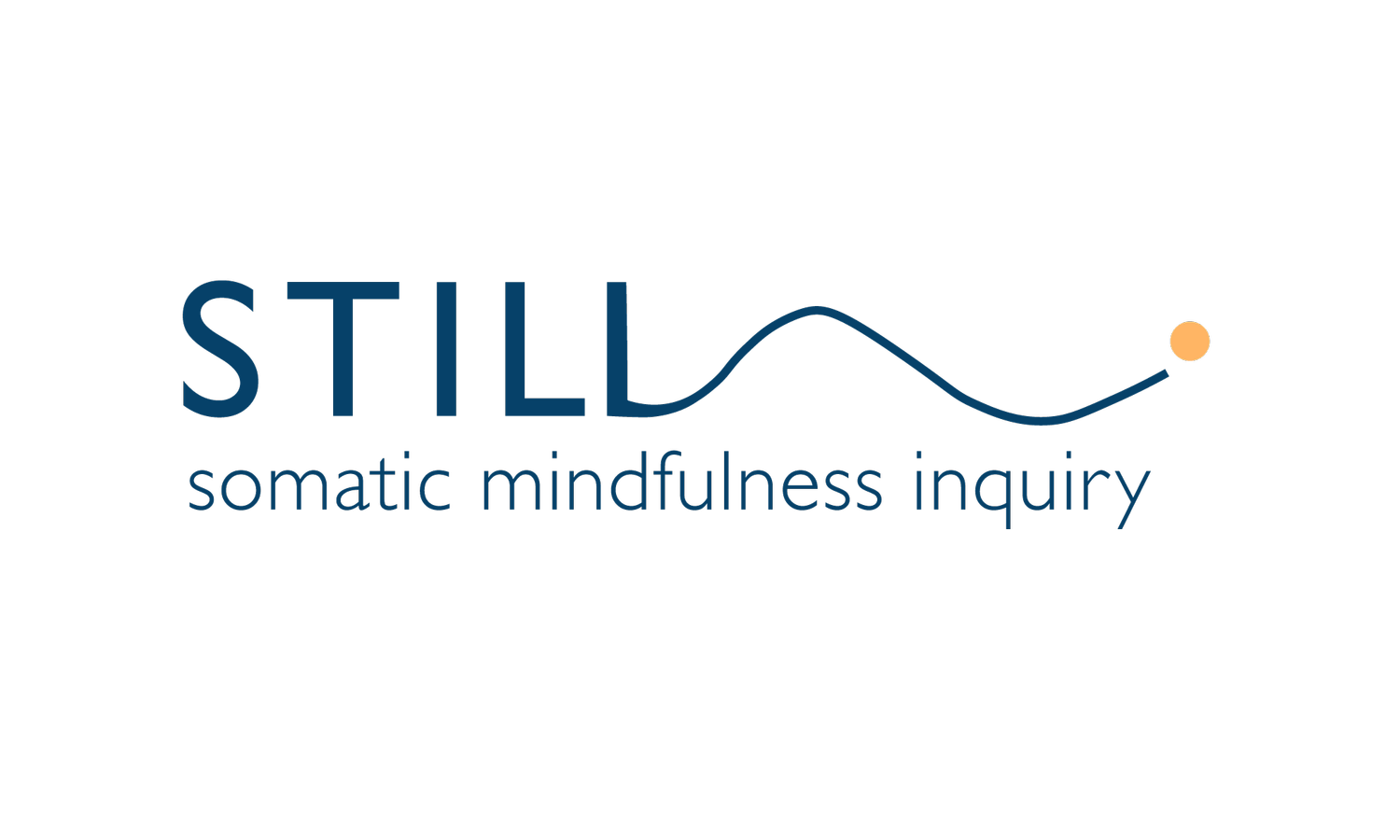Feeling Safe
It is safe to get to know yourself and welcome your whole being into awareness. Hmm. Is this true in your experience? It can be!
We learn about trauma and what gets in the way of being on our own side. We explore gently caring for and nurturing ourselves. We’re healing the disconnection that comes from past hurt, and we’re discovering that in fact we can inquire into and welcome all of the sensations and energy in our body.
We cannot use reason to convince our nervous system to relax. We need to know and sense through our direct experience, in all the cells in our body, that we are safe. As our confidence increases, we work more effectively with fear and trauma, and this further increases feeling that we are safe.
Neuroception is our perception of threat and it is an unconscious process. We use all of our life experiences to assess present moment safety. Our primitive brain has a negativity bias because its job is to warn us about danger. It acts lightning fast to protect us. Our more highly evolved reasoning brain arrives a bit later.
Detection of threat activates protective reflexes. We trip and our hands go out in front to break our fall. Something comes towards our eye and we close our eyelids. Our reflexes keep us physically safer.
When we detect a threat, our primitive brain generates a warning which we feel in our body as dread or anxiety. In response to the warning, we hold our breath and our shoulders come up around our ears. Our mind starts looking for what’s wrong and how to fix it. Enter catastrophic thinking, and mentally doom scrolling through worst-case scenarios.
Our neuroception loses accuracy because our primitive brain gives equal weight to what was dangerous to us as a child, and what is actually a threat now that we have more power and options.
Our boss questions a conclusion we made and it flashes us back to when we brought our report card home to critical parents. We know our current boss respects our work, but at their question our body heats with shame and we struggle to back up our reasoning. Taking a few deep breaths and feeling our feet on the floor can help us come back into the reality of this moment, but it’s frustrating that it can take awhile for our higher level brain to return to full function.
Our neuroception sharpens and becomes more accurate as we heal childhood trauma and it loses its power to hijack us. Through ongoing strengthening practices we increase our emotional self-regulation, and we return to baseline more quickly after being disturbed.
Our mind is highly associative and links being hurt with what we’ve done wrong so that we can try to fix it. Our shame response evolved to sharply correct behavior that threatens our inclusion in the safety of community. We are all vulnerable to this. Because shame can have such a debilitating impact on our present day life, we need to work with the underlying causes and reduce the intensity of the shame response. It simply is not true that we are inherently bad or broken.
Our definition of safety changes as our capacity deepens and our resilience improves. Safe doesn’t mean the numbness of being deep in denial, pretending nothing is wrong. Safe is when we’ve directly experienced that we can survive being present with ourselves on all levels. We make the delightful discovery that our core deficiency beliefs are false, and we are in fact good in our heart.
Much of the content in our thought stream is generated by the primitive brain and survival system. We remember past danger to learn from experience and increase the likelihood that we’ll survive present danger. In our modern world, this negativity bias leads to anxious and compulsive thinking and other unhelpful habits. Grounding and orienting tools help us to stay in the present moment. We are not helpless. We realize we can break the trance of unhealthy thinking.
We learn it is safe to be present with the feelings in our own bodies when we have openness, stability, strength and support. Intensity decreases. Ah, this is precisely what this sensation feels like when we’re able to observe with equanimity. We observe memories and thoughts that are associated with our energy and sensations. We experience that they come and go.
Life makes sense. We understand ourselves and others. Our window of tolerance increases and we become stronger and more open to a range of experiences. We are healing.
“Safety is an absence of threat and a feeling of connection. Safety IS the treatment.” Dr Stephen Porges
